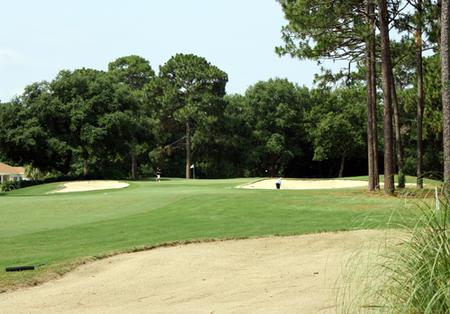Litchfield Country Club: Five Things You Need to Know
 Litchfield Country Club is a testament to the virtues of good, traditional golf course architecture. An ideal blend of doglegs – left and right – have helped conspire to create a layout that doesn’t rely on length as its sole means of defense.
Litchfield Country Club is a testament to the virtues of good, traditional golf course architecture. An ideal blend of doglegs – left and right – have helped conspire to create a layout that doesn’t rely on length as its sole means of defense.
Litchfield Country Club rewards creativity, and it gives players a chance to score. Before teeing it up on one of the area’s friendliest courses, here are five things you need to know.
More Ways To Get Home: Unlike courses built in recent years, the greens at Litchfield aren’t elevated. There is a run-up area in front of nearly every green, though they are flanked by bunkers. The run-up areas give players the option of playing the bump-and-run and allows greater use of the imagination.
Wield the Wedge Well: While Litchfield’s greens allow more options to entry, they are smaller than most, meaning players will find themselves chipping a little more often. Make sure you get comfortable chipping before heading to the first tee.
With Age Comes Beauty: Litchfield is the dean of South Strand courses, and its maturity aids its visual appeal. The live oak trees draped in Spanish moss and fully grown-in landscaping are the byproduct of years of care, something Litchfield has enjoyed since its opening.
Stay Straight: The key to success at Litchfield is finding the center of the fairway, regardless of the club used. The layout doesn’t take the driver out of play, but it doesn’t require its use for success. Hit whatever club you feel most comfortable with off the tee, and if you consistently find the fairway, a good day awaits.
Long and Short of It: The par 3s at Litchfield are the course’s most demanding collection of holes. From the tips the par 3s range from 184 to 219 yards. From the whites tees the “shortest” par 3 is a meaty 165 yards. Conversely, every par 5 is potentially reachable in two. The longest par 5 from the white tees is 502 yards so there is ample opportunity to score.
Players need to survive on the par 3s and thrive on the par 5s.



